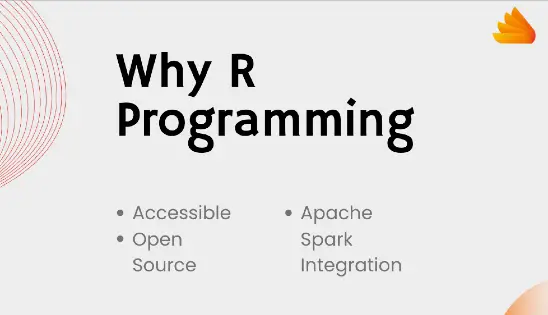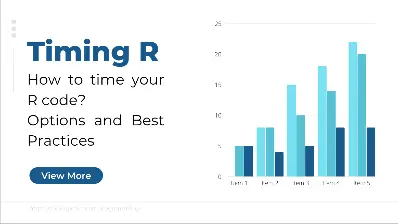Timing in R: Best Practices for Accurate Measurements
Timing in R is a requirement for data analysis for R developers. It is required for optimizing your R code. In this tutorial we will cover all your options and describe pros and cons of each. Without knowing your options can be the difference between a success and failure if your code doesn’t perform well. … Read more



